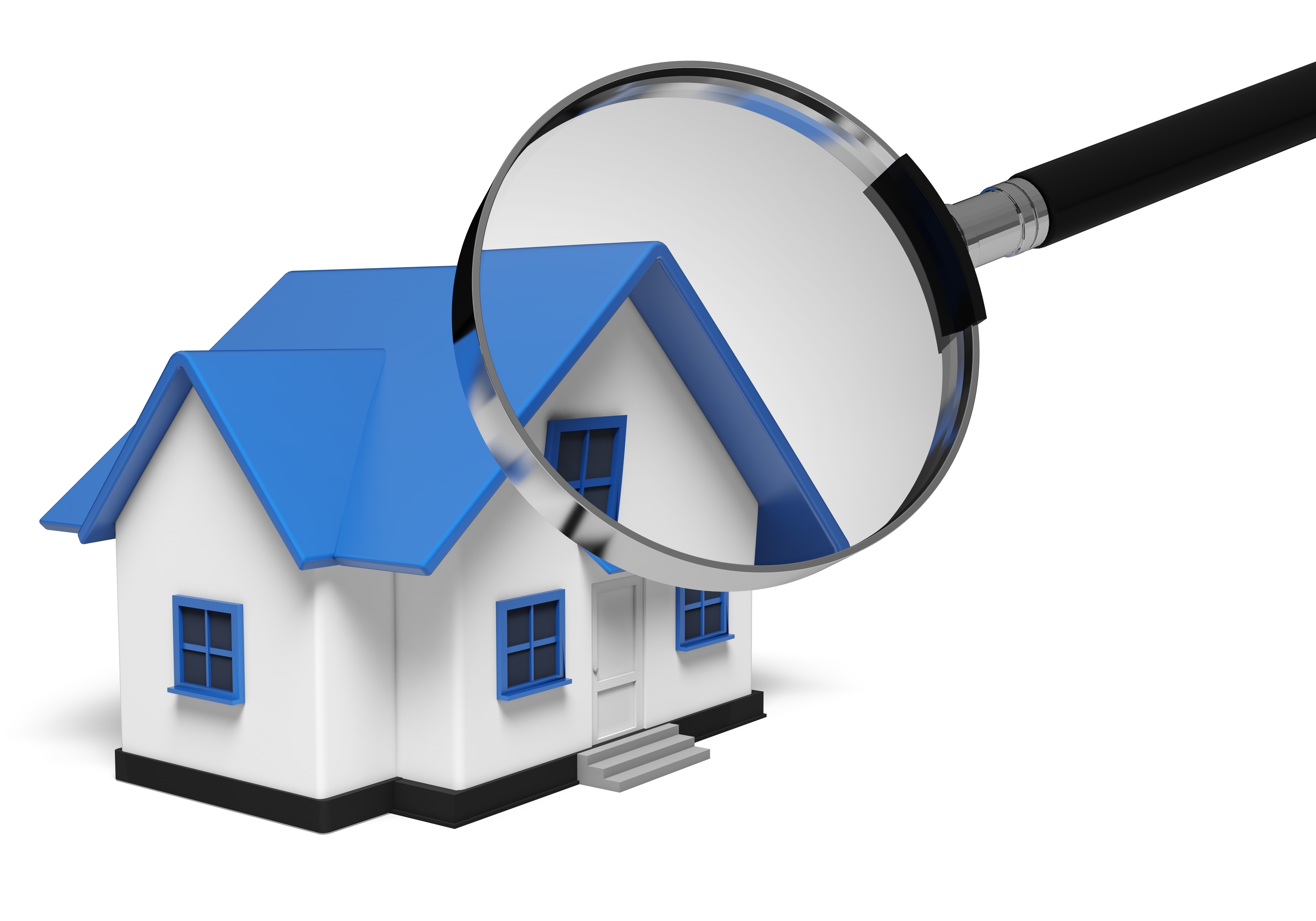
What Are the Parts of an Appraisal?Acquiring a home can be the biggest transaction many will ever encounter. Whether it's where you raise your family, an additional vacation property or one of many rentals, purchasing real property is a detailed financial transaction that requires multiple people working in concert to see it through. Practically all the participants are quite familiar. The most familiar entity in the exchange is the real estate agent. Next, the mortgage company provides the financial capital required to fund the exchange. The title company ensures that all areas of the exchange are completed and that a clear title passes from the seller to the purchaser. So, what party makes sure the value of the property is consistent with the purchase price? In comes the appraiser. We provide an unbiased opinion of what a buyer could expect to pay — or a seller receive — for a property, where both buyer and seller are informed parties. A licensed, certified, professional appraiser from Crosstown Appraisals LLC will ensure, you as an interested party, are informed. The inspection is where an appraisal startsOur first responsibility at Crosstown Appraisals LLC is to inspect the property to ascertain its true status. We must physically see features, such as the number of bedrooms and bathrooms, the location, amenities, etc., to ensure they truly exist and are in the shape a reasonable person would expect them to be. To ensure the stated square footage is accurate and describe the layout of the home, the inspection often includes creating a sketch of the floorplan. Most importantly, we identify any obvious amenities - or defects - that would affect the value of the property. Following the inspection, we use two or three approaches to determining the value of the property: a paired sales analysis, a replacement cost calculation, and an income approach when rental properties are prevalent. 
Cost ApproachThis is where the appraiser analyzes information on local building costs, the cost of labor and other elements to derive how much it would cost to construct a property similar to the one being appraised. This estimate commonly sets the upper limit on what a property would sell for. The cost approach is also the least used method. 
Sales ComparisonAppraisers get to know the neighborhoods in which they appraise. They thoroughly understand the value of specific features to the people of that area. Then, the appraiser looks up recent transactions in close proximity to the subject and finds properties which are 'comparable' to the property at hand. By assigning a dollar value to certain items such as fireplaces, room layout, appliance upgrades, extra bathrooms or bedrooms, or quality of construction, we add or subtract from each comparable's sales price so that they are more accurately in line with the features of subject.
After all differences have been accounted for, the appraiser reconciles the adjusted sales prices of all the comps and then derives an opinion of what the subject could sell for. When it comes to knowing the true value of features of homes in Sun Lakes and Maricopa, Crosstown Appraisals LLC can't be beat. This approach to value is commonly given the most weight when an appraisal is for a real estate exchange. Valuation Using the Income ApproachIn the case of income producing properties - rental houses for example - the appraiser may use an additional way of valuing a house. In this situation, the amount of income the property generates is taken into consideration along with income produced by similar properties to determine the current value. The Bottom LineCombining information from all applicable approaches, the appraiser is then ready to put down an estimated market value for the subject property. It is important to note that while this amount is probably the best indication of what a house is worth, it probably will not be the price at which the property closes. There are always mitigating factors such as the seller's desire to get out of the property, urgency or 'bidding wars' that may adjust the final price up or down. But the appraised value is often used as a guideline for lenders who don't want to loan a buyer more money than they could get back in case they had to put the property on the market again. At the end of the day, an appraiser from Crosstown Appraisals LLC will help you discover the most accurate property value, so you can make profitable real estate decisions. |